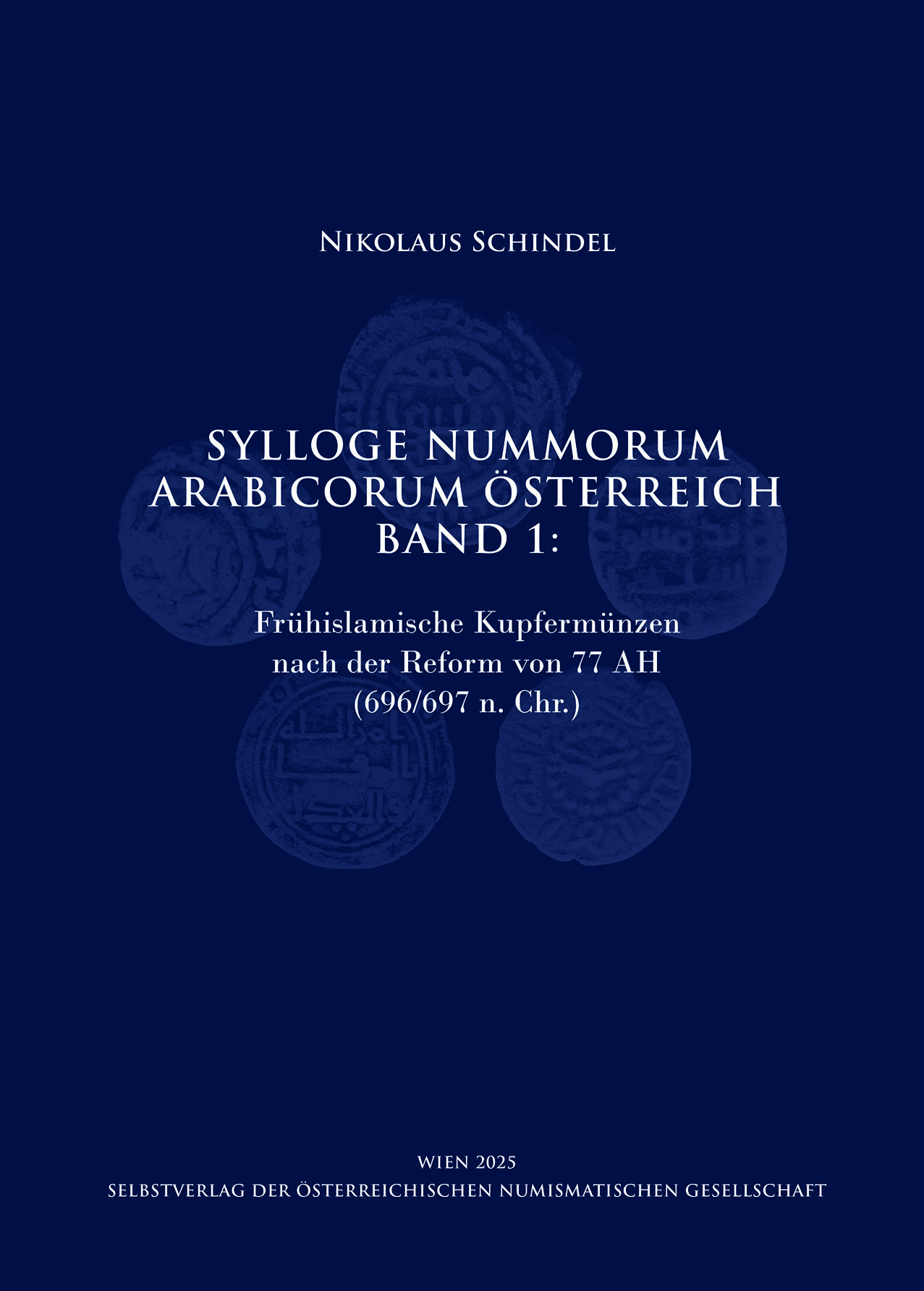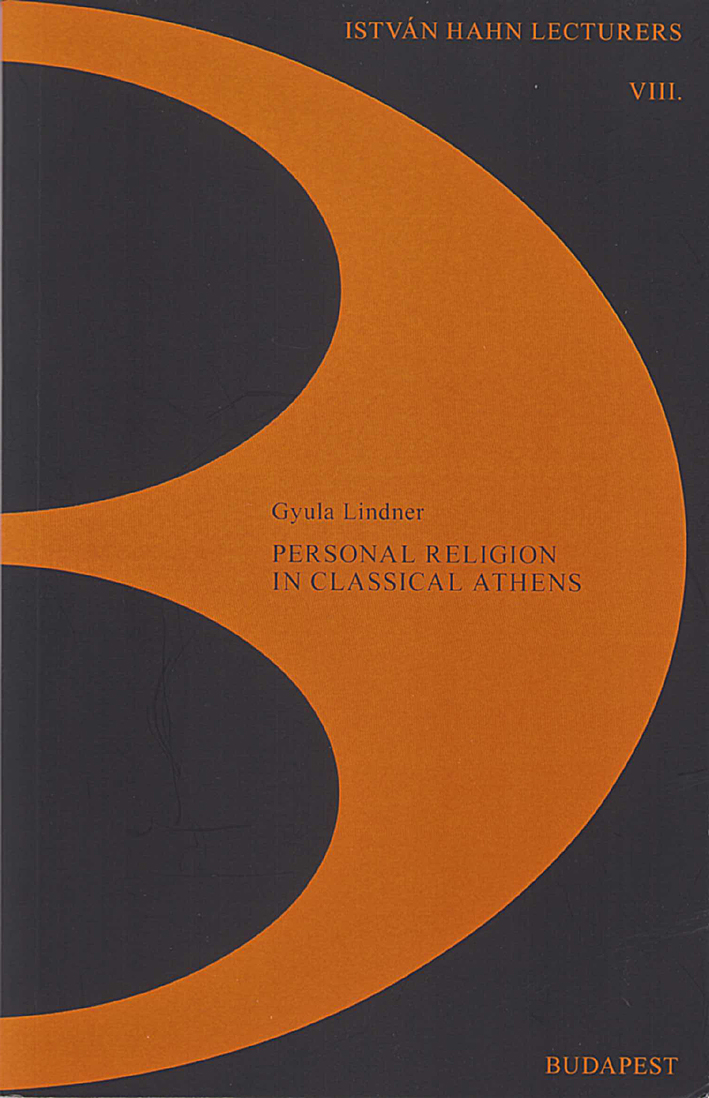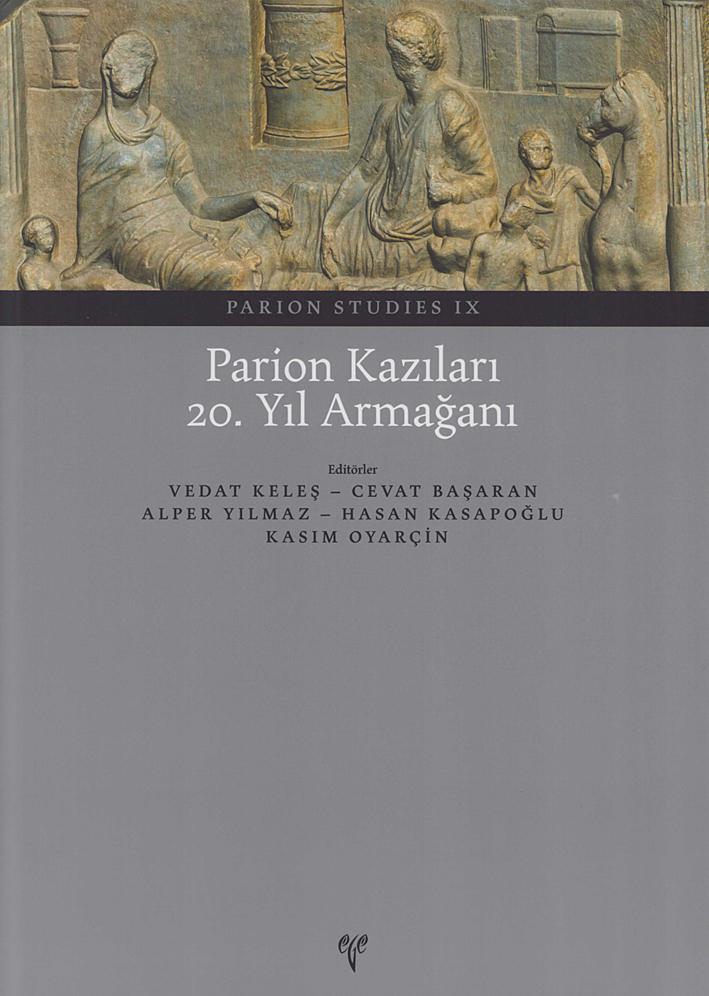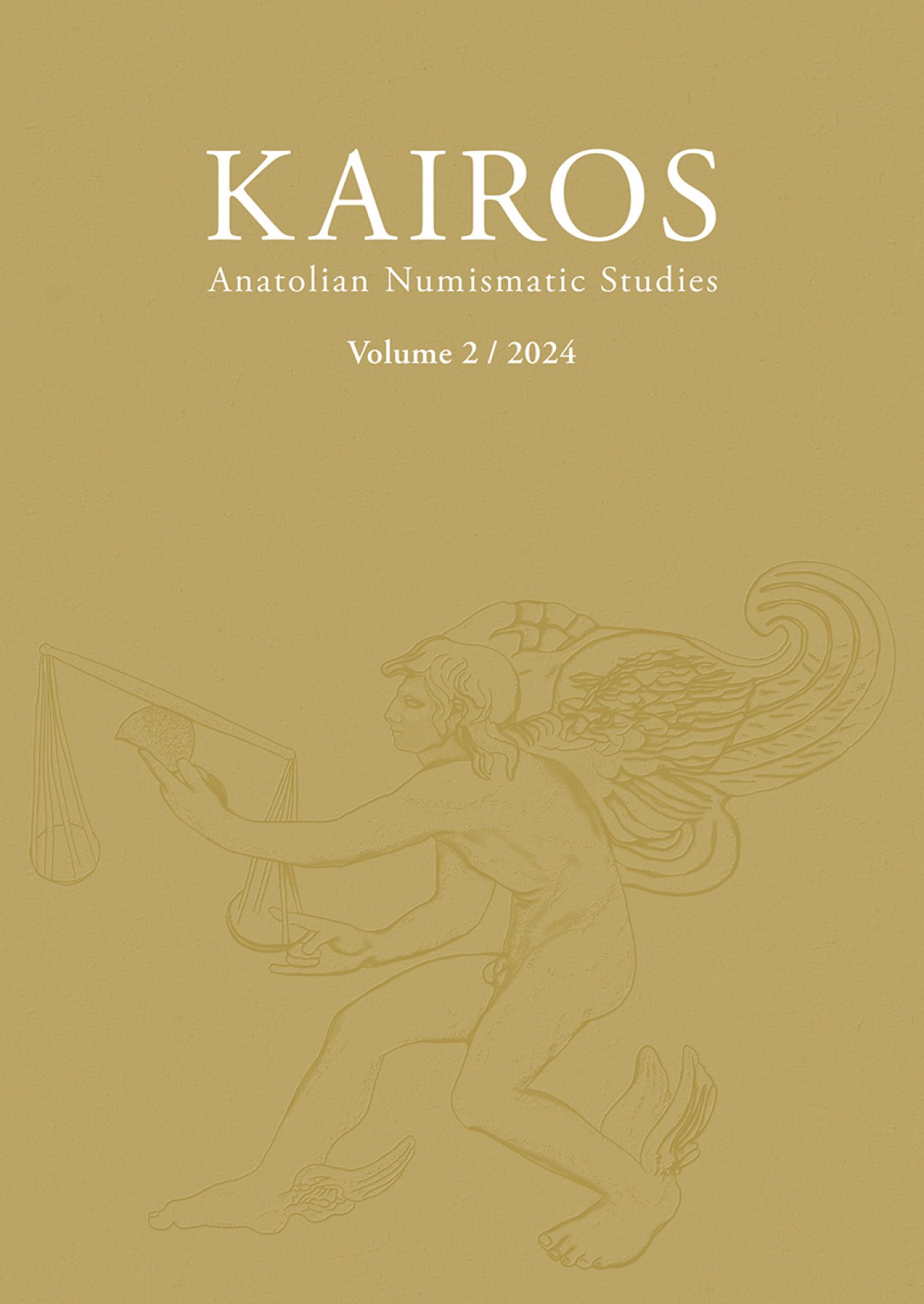Willkommen im Online Shop des Phoibos Verlages
Aktuelle Information
Die in den Kategorien Sonderangebote und Antiquariat aufgeführten Bücher werden mit 10% Rabatt abverkauft, stärker preisreduzierte Titel sind speziell gekennzeichnet; der Rabatt wird erst im Warenkorb ausgewiesen.Über uns
Der Phoibos Verlag wurde im Jahr 1992 mit dem Ziel gegründet, archäologische und althistorische Fachliteratur aus den Arbeitsbereichen der österreichischen Universitätsinstitute zu publizieren und international zu vertreiben. Aus dieser Arbeit entstanden nach und nach Kooperationen mit außeruniversitären archäologischen/althistorischen Einrichtungen sowie Institutionen anderer Fachgebiete.
Das Verlagsprogramm wuchs über den anfangs definierten Themenschwerpunkt hinaus: Es umfasst nun unter anderem auch Reiseberichte, Führer und Kataloge, Abhandlungen zur Architektur diverser Epochen sowie Publikationen, die sich dem Thema Eisenbahn und öffentlicher Nahverkehr widmen.






















